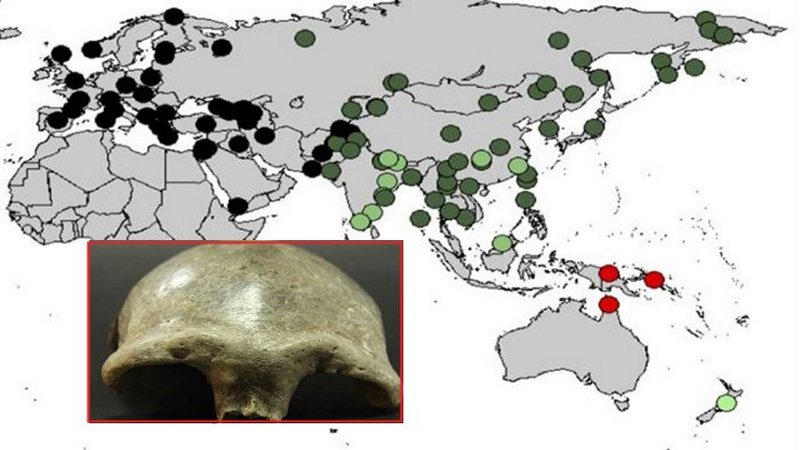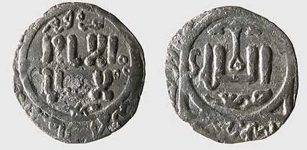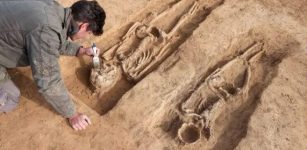4,500-Year-Old Skeleton Unearthed In Ethiopia Reveals Vast Eurasian-African Migration
MessageToEagle.com – An ancient skeleton found face down in an Ethiopian cave has enabled scientists to sequence one of the first ancient African human genomes.
The sequenced genes are helping to define a wave of Eurasian migration back into Africa that now appears twice as large as previously believed—even if the reasons for the migration remain a mystery’, reports Smithsonian.com.
“This back migration of Western Eurasians to Africa was a very large, one-off event, it seems,” says study coauthor Marcos Gallego Llorente of the University of Cambridge. “Its genetic signature got to every corner of Africa.”
All humans trace their genetic roots back to Africa, but some modern Africans have a surprisingly large percentage of Eurasian ancestry due to the Eurasian backflow, a previously known migration from the Near East and Anatolia into the Horn of Africa.

However, heat is an enemy of DNA preservation, and until now, most genomes of ancient Homo sapiens have emerged from Earth’s cooler regions. With no ancient African genomes in hand, scientists had to work backward with modern genes, attempting to peel off more recent changes to reveal older genomes and produce a genetic baseline.
Teasing out a starting point this way has been a challenge. Events like the backflow migration, along with later population movements around Africa, have scrambled genetics across the continent. Still, working with modern genomes, geneticists had estimated that the Eurasian return to Africa happened some 3,000 to 4,000 years ago.
Now, enter the Mota skeleton. The dry air and 6,560-foot altitude at Mota Cave in the Ethiopian Highlands helped to preserve DNA in the skull’s thick petrous bone, according to a study published this week in the journal Science.
The 4,500-year-old Mota man—named for the cave where he was found—shows a distinct lack of Eurasian genes. The sequenced genome therefore appears to support the previously estimated time period for the backflow—and it adds a whole new scale to the event.
Using Mota man’s genes as the best African baseline to date, the international team showed that modern African populations thought to be basically unmixed actually have a significant amount of Eurasian ancestry. Even in the remote Congo, for example, the Mbuti people now show as much as 6 percent of their genome as West Eurasian, according to the study.
“What we find is that even West and Southern African populations started showing 6 or 7 percent of their genomes to be West Eurasian,” Gallego Llorente says. “And populations with more Eurasian ancestry like Ethiopians also rise accordingly, so this basically means the backflow migration was larger than we thought.”
MessageToEagle.com
source: Science Magazine










